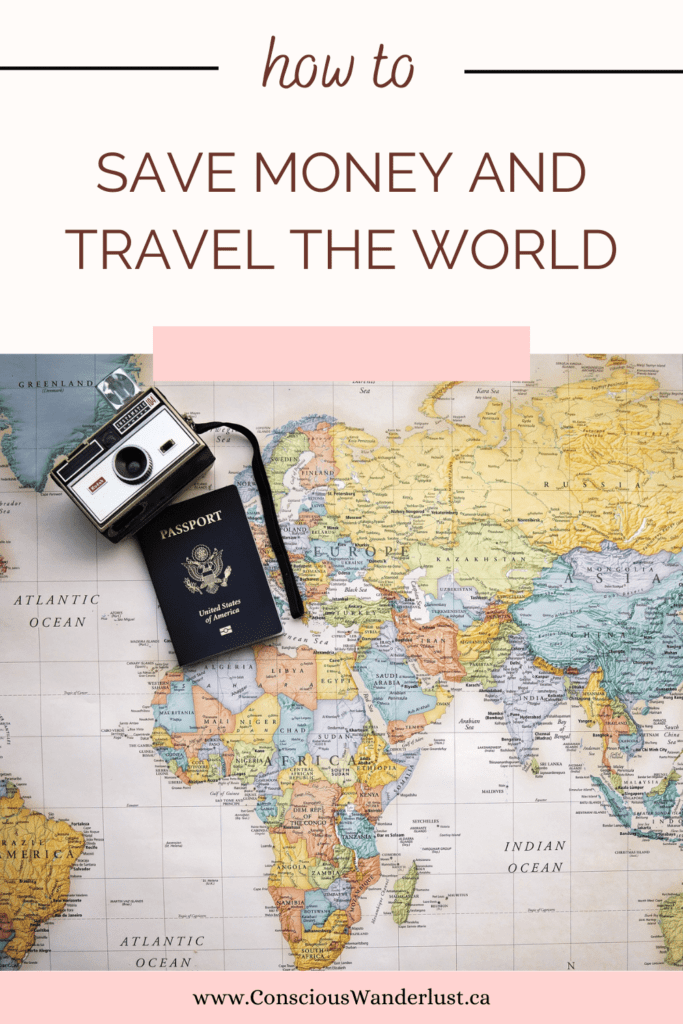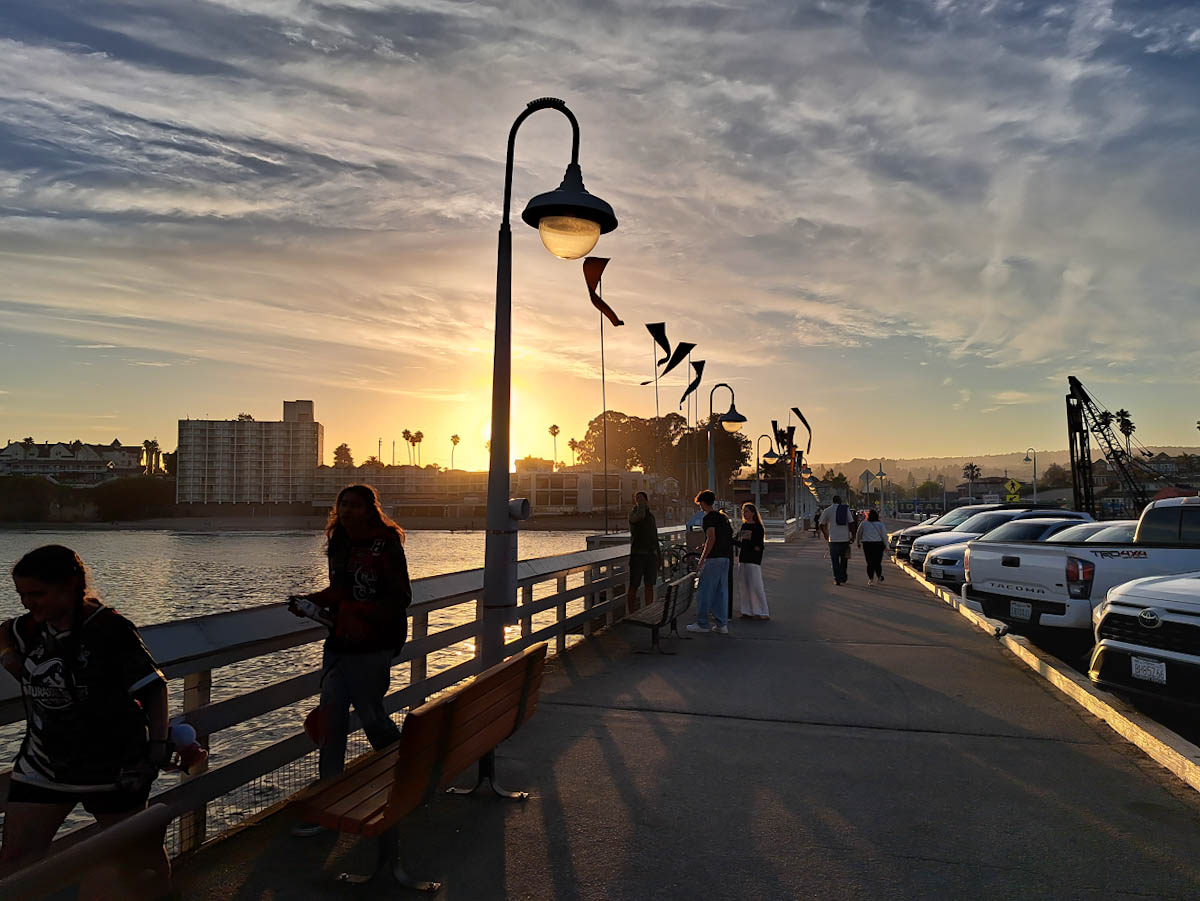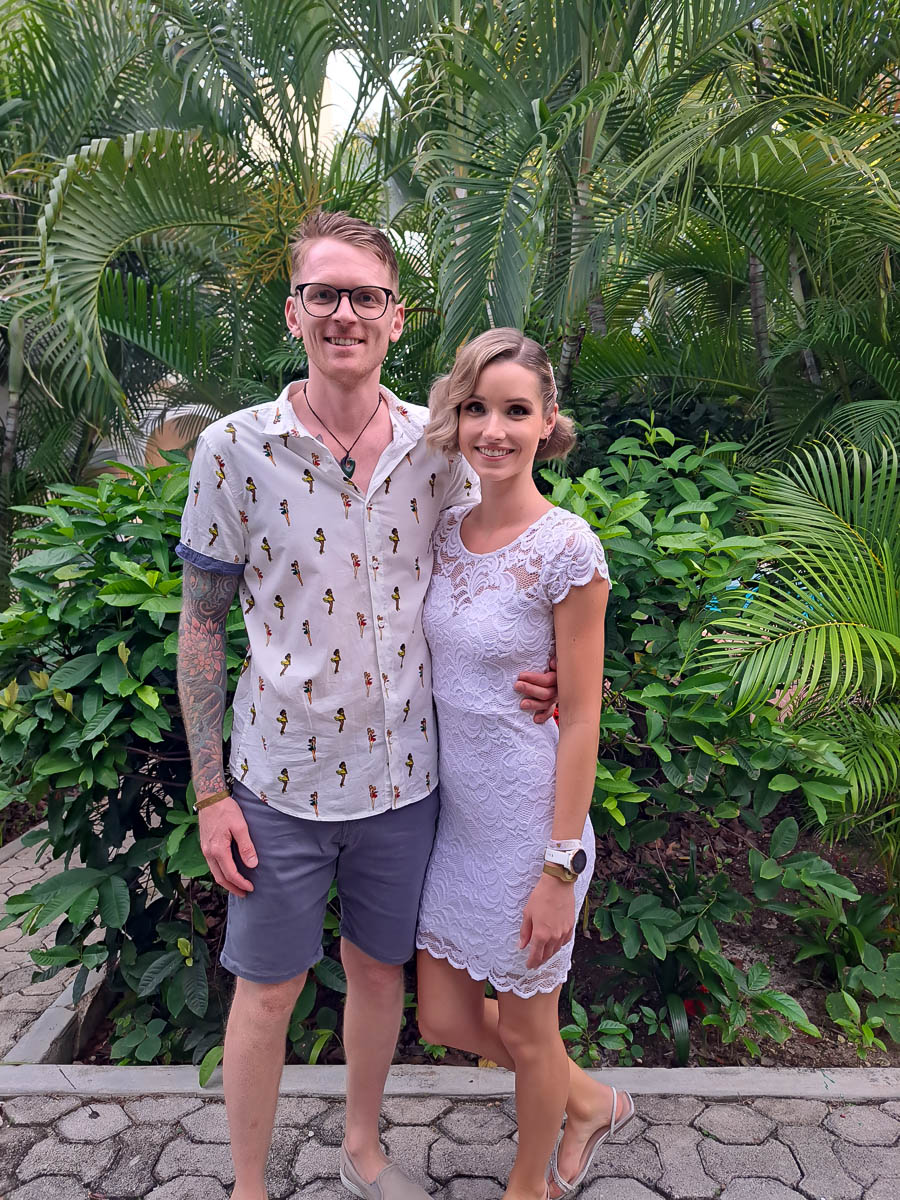A quick Google search on budget rules brings thousands of results. Each with different formulas and steps to follow.
The 50-30-20 rule recommends spending 50% of your money on needs, 30% on wants, and 20% on savings. The 70-20-10 rule recommends spending 70% of your money on needs, 20% on wants, and 10% on savings or investing. Other rules include not spending more than 30% of your income on housing. Or to spend between 10-20% on food and 5% on utilities.
How To Budget: The Ultimate Guide to Save for Travel
These are all well and good as guidelines. However, they don’t take into account each person’s situation and ultimate life goals. Where you live, the lifestyle you want to live, and your priorities all have an impact on your budget breakdown.
If you’re reading this I assume you, like us, have an interest in travel – a budget category that isn’t always factored in. This is where I come in. My hope is you will be able to implement these rules in a way that works for you and helps you achieve your financial goals.
The following are not hard and fast rules to follow but more guidelines taking a more holistic approach to creating a travel-focused budget.
Let us know in the comments below if you want us to provide a practical guide or breakdown of the steps we follow when creating our annual budget.

10 Budgeting Rules to Help You Save for Travel
- Just Start (Create a Budget)
- Pay Attention
- Only Spend What You Already Have
- Know The When’s and What’s of Deals
- Flexibility is Key
- Always Remember Your Priorities and Goals
- Have Fun
Rule #1: Just Start (Create a Budget)
Budget (noun), definition: The thing everybody dreads and avoids at all costs until the start of a new year when a “new you” will finally be fiscally responsible, at least for the first week of January.
Another more commonly known definition for budget would be the estimation and tracking of expenditures versus income in a set period of time. It’s not quite as fun as my definition, but technically more accurate.
Budgeting is one of the most daunting life exercises you can do, but also one of the most important. We create several budgets for ourselves for the year broken down into categories based on the previous year’s spending and the current year’s goals. We then check in on our budget periodically to see what improvements we can make through small (sometimes big) tweaks here and there to our spending.
Have a Travel Category Built into your Budget
At the start of each year we create a travel savings account. We build it by setting aside a fixed dollar amount every week. We are fortunate to have dual income with alternating payday weeks, so this method works well for us. You may want to set aside money bi-weekly or monthly, whatever works for you. Budgeting this way, setting aside money weekly, has been key to our success in sticking to our goals.
The actual dollar amount we set aside is arbitrary as it will be different for every person and situation. Whatever you set aside should be something that’s realistic for you, both in terms of saving and spending. It should be attainable in terms of savings. Most importantly, it needs to cover the trips you have planned. If there is a discrepancy, you’ll want to readjust your budget, your travel plans, or both.
Why even travel in the first place I hear you ask? Read our 10 Reasons to Start Traveling Now (And Why We Will Never Stop) post to find out why.

Rule #2: Pay Attention
When you start paying attention to and tracking your spending habits you’ll be amazed at where your money goes and whether or not it aligns with what you think your priorities are. It’s easy to think you value or prioritize something, until you actually reflect on if your actions match up.
For example, there was one year where we spent a lot of money on clothing, but didn’t actually have anything remarkable or that we loved. We fell into the trap of buying because we could, because we wanted something, and because things were on sale. This was a discrepancy between what we thought we valued versus what our spending told us we valued. Going forward, we tweaked our clothing budget to be limited not to a dollar amount but to be for repair purposes or to replace something worn out. Had we not tracked our spending habits we wouldn’t have known just how much we spent on clothing and little value it added to our lives.
Since we implemented our budget, neither of us have felt like we were missing something or been tempted to buy the cute new outfit. Most importantly, making this change provided us with the opportunity to increase our spending in the category that matters most to us: travel.
By keeping track of your daily, weekly, monthly and yearly spending you’re able to see in real time if you’re achieving your goals and where adjustments can be made.
Rule #3: Only Spend What You Already Have
This is one of the harder budgeting rules to abide by, however, is important to follow where possible.
Overspending is one the greatest traps people fall into. Period. You see a good deal or something you never knew could enhance your life in such a myriad of ways until it shows up in every social media ad on every device and you simply must have it. The ease and accessibility of online shopping combined with credit cards means near immediate access to the thing. You don’t see the true impact on your budget until weeks later.
We don’t always follow our own rule, but we try to make a point of it as much as possible. This applies not just to our travel budget, but to every category we budget for. It’s easier when it comes to consumer goods versus a hotel or flight deal, but many of the same principles apply.
When it comes to the newest, hottest, bestest thing that you simply must own, if you hold off purchasing said thing and think about it for a few days or a week, or even wait until you have the funds in your budget to purchase it, oftentimes it won’t seem as important anymore. You’ve gone x amount of days or weeks without it, so clearly it wasn’t as much of a necessity as you initially thought.
For travel related expenses, this gets a bit trickier, hence why we don’t always follow the rule.
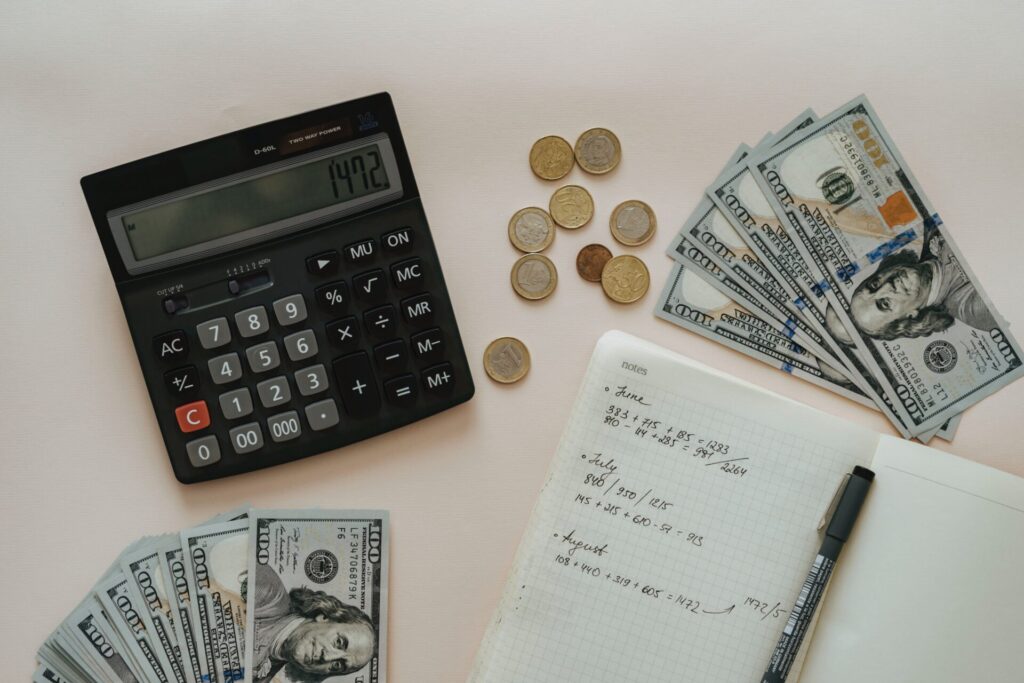
Rule #4: Know The When’s and What’s of Deals
Whether or not to take advantage of a discount or deal comes down to a variety of factors. When being the first one to consider. Is this a limited time deal ending in X amount of hours? If it is a limited time deal, how far in advance are you booking for? Airlines will typically release their best sale prices about 6 months ahead of time. This means if you are traveling in June, the best prices generally show up in January. If it’s November of the previous year and you see a flight deal for June, it may not be the best deal and better deals may appear closer to that 6 month mark.
This isn’t a hard and fast rule, exceptions do apply and there are many variables at play. We were recently burned by this rule trying to wait closer to the 6 month mark instead of booking earlier and we ended up paying the price for it, literally.
There is also something to be said for buying well in advance to reap potential “early bird” deals versus waiting until closer to for last minute deals.
What Else To Consider?
How much of a discount is it? There is a big difference in a 5% discount compared to a 75% discount. It goes without saying that if the thing you want is 75% off, it would be silly to not take advantage of that. However, don’t confuse seeing something at a great discount as being something you want. Keep this in mind: if you aren’t willing to pay full price for something, do you really want it?
As a comparison, when we were in London in 2022 I saw deals for river cruises with champagne on the River Thames. I thought it was such a great deal that we simply must take advantage of it. Luckily, I did not follow my impulse. When I think back on it now I realize I don’t care to drink one glass of overpriced champagne (even with the discount, I’m sure it was overpriced) on my river cruise. Despite me being tricked by marketers into believing I need it, I don’t. Will I go on a river cruise one day? Maybe, possibly in Paris 2024. Will I get champagne? Probably not (unless it’s a 90% discount).
There Are Always Exceptions
As with everything, there are exceptions. For example, I would love to see a Broadway show but am not willing to pay full price. If the discount is right for me and the show is one I am interested in, I will happily attend.
Another thing to note is that sometimes these “discounts” are simply a marketing ploy and the full, non-discounted price doesn’t really exist. Or you may see a “limited-time only” deal and want to jump on it right away, not realizing that deals are cyclical and usually come back.
Once you transform your mindset to be more budget savvy and pay attention to these details, you will have a better understanding and knowledge of what constitutes a good deal historically and can generally trust that those deals will come back around.
How do we find our deals? The Best Websites to Book Travel will tell you everything you need to know
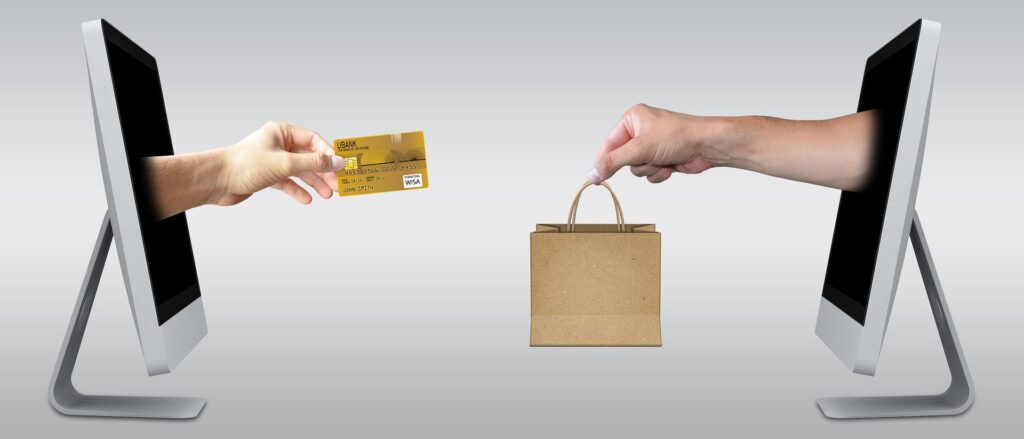
Rule #5: Flexibility is Key
This rule may seem counterintuitive. The purpose of a budget is to have hard, rigid parameters to stick to and goals to meet, right? Wrong, or at least, not entirely right.
The world and people in it are fluid, ever changing and evolving, and your budget may need to be as well. We base our travel budget primarily on the previous year’s spend, but depending on the trips we take the amount we spent and on what can look very different. We may have budgeted a set dollar amount for food on Trip A in a big city. Whereas, Trip B is more outdoors and nature focused where trendy eateries are less abundant and the primary source of fuel is granola and grit. In this case our budget for food will decrease and our budget for hiking gear may increase.
The same goals for your overall budget. If you are trending to spend more in one category than another, make the adjustments. As long as you still aim towards your ultimate goal, where you spend your money is less important. It’s about making your priorities and goals work for you.
Rule #6: Always Remember Your Priorities and Goals
This is a big one, and potentially the most important rule. It’s easy to get caught up with other ideas or opinions or notions of what you should do, have, see, etc. Ultimately you control your life, including your budget.
There are certain things we prioritize more than others and we make sure our budget works for us in those regards. We value experiences more than gifts, coffee more than alcohol, and making pizza more than ordering in.
When it comes to traveling, it’s easy to be tempted to go to the hottest new restaurant or buy the swankiest gear. But those aren’t things you prioritize or value in your everyday life, why spend money on them?
When I look back on the past 10 years of traveling, I don’t remember the taste of the expensive fancy cocktail in Sydney or even the bar I got it at. I remember lounging at Airlie Beach, watching the waves roll in, and talking for hours about our grand future plans.
You may love going out to eat at the newest, greatest restaurant in town or visiting Michelin star chefs all over the world, and that’s great. If it’s important to you, prioritize it, build it into your budget and make compromises elsewhere.
In every trip we take and every monetary spend we consider, our priorities and end goal are the most important driving factor. It’s a delicate balance between satisfying our wanderlust in the moment, being conscious of our finances, and working towards our ultimate goal.

Bonus Rule #7: Have Fun With Your Budget!
Having a financial plan and budget shouldn’t be scary. It’s an opportunity to make your spending habits work with you and not against you. It’s an opportunity to focus on what’s most important to you and reduce or get rid of the things that matter less. This means more time and money spent on things that bring you joy and enrich your life.
The act of initiating the budgeting process also doesn’t need to be the horrible task it’s often feared to be. Make a day or night of it! Make it enjoyable! Get comfortable and cozy in your home or at your favorite local coffee shop. Have your favorite warm tasty beverage or refreshing cold beverage on hand, get some biscuits or a charcuterie board, play some relaxing or motivating music and have at it.
Once you shift your mindset and implement a variety of these rules you’ll be able to travel more, follow your dreams, and achieve your financial goals. All it takes is a little time and effort to make impactful, long lasting changes.
